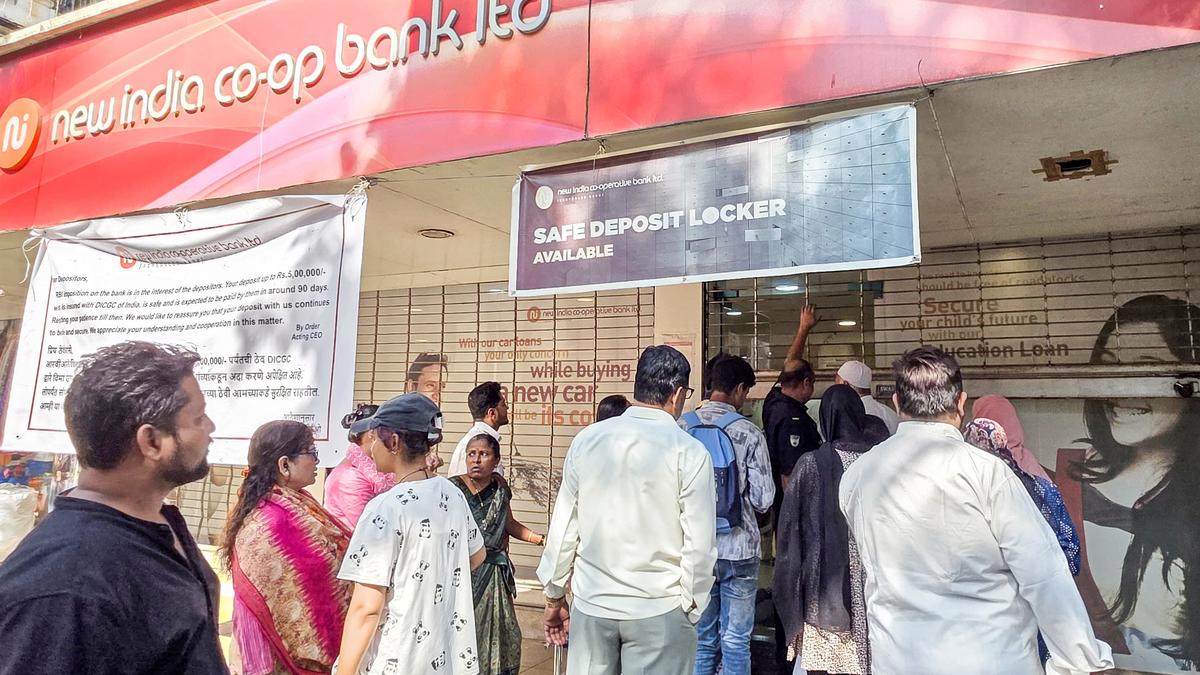
RBI allows withdrawal of up to ₹25,000 per depositor of New India Co-operative Bank from February 27
The Hindu
RBI relaxes restrictions on New India Co-operative Bank, allowing depositors to withdraw up to ₹25,000 from February 27.
Days after imposing several restrictions on New India Co-operative Bank, the RBI on Monday (February 24, 2025) relaxed the conditions and permitted customers to withdraw up to ₹25,000 from their deposit accounts with effect from February 27.
On February 13, the Reserve Bank had imposed All Inclusive Directions (AID) on the Mumbai-based cooperative bank, which included a ban on deposit withdrawals, amid supervisory concerns.
Also read | New India Cooperative Bank General Manager arrested for ‘misappropriation’ of ₹122 crore
Later, the RBI superseded the Board of Directors of New India Cooperative Bank for a period of 12 months. It also appointed Shreekant, former Chief General Manager of State Bank of India (SBI), as Administrator to manage the affairs of the bank during this period.
It also appointed a 'Committee of Advisors' to assist the Administrator.
In a statement on Monday, the Reserve Bank said that after reviewing the bank's liquidity position in consultation with the Administrator, it has "decided to allow a deposit withdrawal of up to ₹25,000 per depositor, with effect from February 27, 2025".
With the relaxation, more than 50% of the total depositors will be able to withdraw their entire balances and the remaining depositors can draw up to ₹25,000 from their deposit accounts.

According to the United Nations’ Conference on Trade and Development (UNCTAD), the underlying logic of credit rating agencies is to avert the information asymmetry between borrowers and lenders about the latter’s creditworthiness. It further explains that issuers with lower credit ratings pay higher interest rates – reflective of the greater associated risk with lending to them, than the higher rated issuers.

According to the United Nations’ Conference on Trade and Development (UNCTAD), the underlying logic of credit rating agencies is to avert the information asymmetry between borrowers and lenders about the latter’s creditworthiness. It further explains that issuers with lower credit ratings pay higher interest rates – reflective of the greater associated risk with lending to them, than the higher rated issuers.











